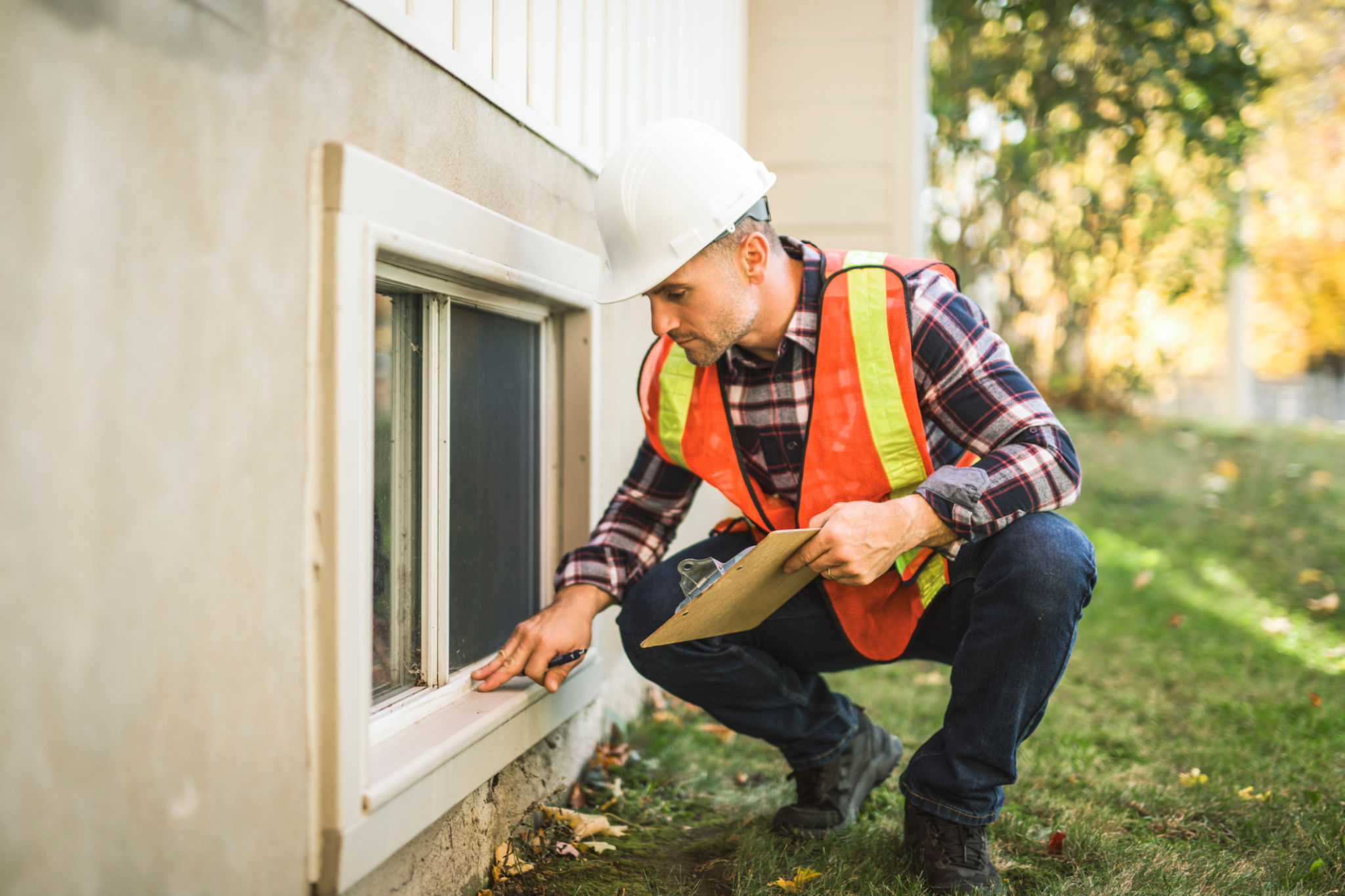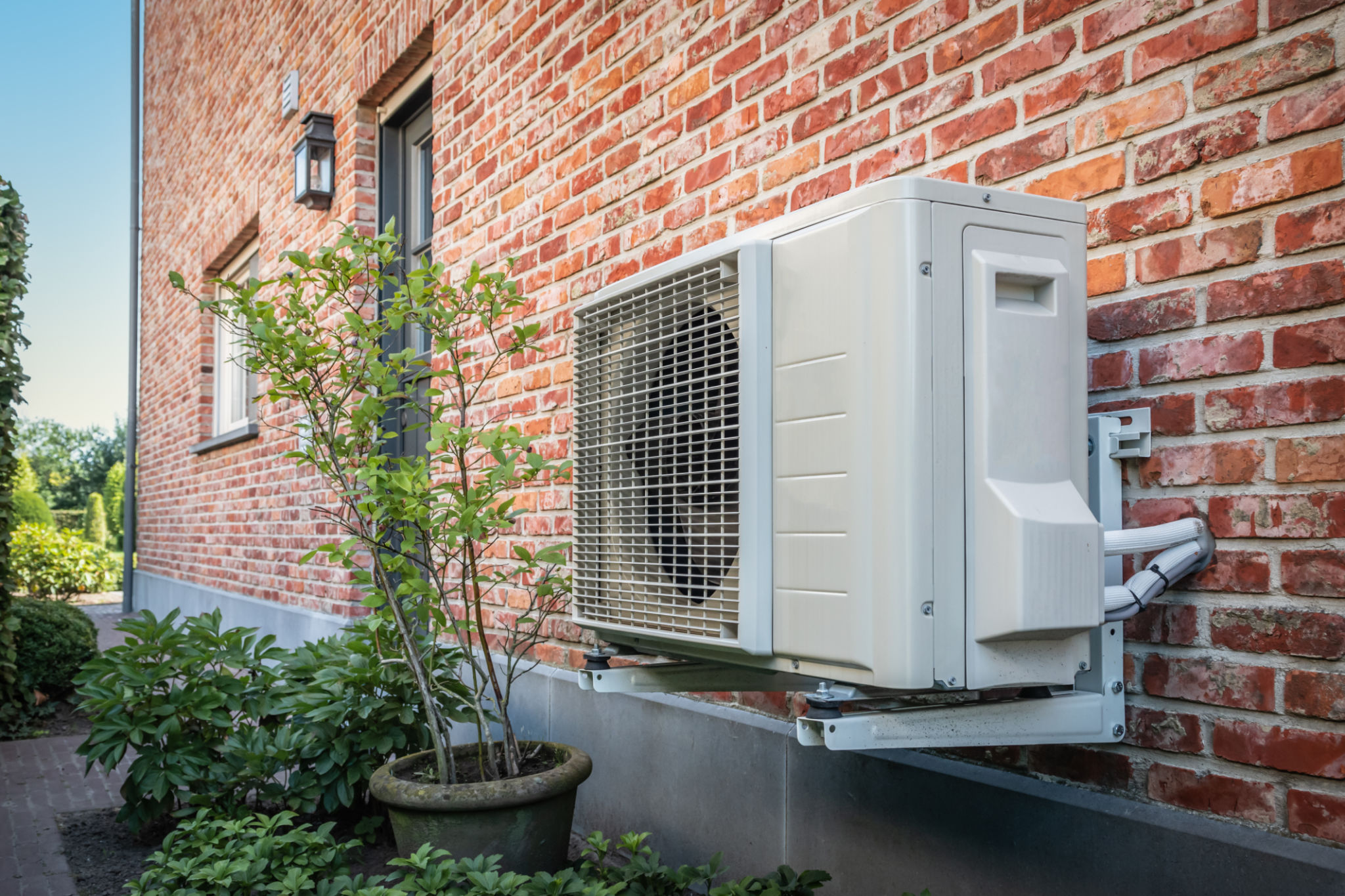The Ultimate Guide to Home Inspections: Ensuring Your House is Winter-Ready
Understanding the Importance of Winter-Ready Home Inspections
As the temperatures begin to drop, ensuring your home is ready to withstand the harsh conditions of winter becomes a priority. A home inspection, specifically tailored for the winter months, can help identify potential issues that might turn into costly repairs if left unchecked. Being proactive in preparing your home for winter can save you time, money, and stress in the long run.
Winter-ready home inspections focus on various aspects of your property, from the roof to the foundation. By addressing these areas, you can enhance your home's efficiency, safety, and comfort during the cold season. In this guide, we'll walk you through the essential elements of a winter inspection and provide tips on how to address any issues you might find.

Inspecting the Roof and Gutters
Your roof is your home's first line of defense against winter weather. Check for missing or damaged shingles that could lead to leaks. Inspect flashing around chimneys and vents to ensure they are sealed properly. A well-maintained roof prevents water damage and keeps your home warm and dry.
Gutters play a crucial role in directing water away from your home. Clear leaves and debris from gutters and downspouts to prevent ice dams, which can cause water to back up and leak into your home. Consider installing gutter guards to minimize debris accumulation during the season.
Sealing Windows and Doors
Windows and doors are common sources of heat loss in homes. Inspect the caulking around windows and doors for cracks or gaps and reseal as necessary to prevent drafts. Weatherstripping is an effective way to improve insulation and keep cold air from seeping in.

Consider upgrading to double-pane or energy-efficient windows if your budget allows. These windows provide better insulation, reducing energy costs and enhancing comfort. Additionally, using thermal curtains can add an extra layer of insulation, further minimizing heat loss.
Assessing the Heating System
Your heating system is vital for maintaining a comfortable indoor environment during winter. Schedule a professional inspection and servicing before the cold sets in. Replace filters regularly to ensure optimal performance and energy efficiency.
Don't forget to inspect your chimney if you have a fireplace. A blocked or dirty chimney can pose serious safety hazards, including the risk of carbon monoxide poisoning. Hiring a professional chimney sweep can help ensure your fireplace operates safely and efficiently.

Checking Insulation and Ventilation
Proper insulation is key to keeping your home warm and energy-efficient. Inspect your attic, walls, and basement for adequate insulation levels. Adding insulation in these areas can significantly reduce heat loss and lower heating costs.
While insulation keeps heat in, ventilation is equally important to prevent moisture buildup and maintain air quality. Ensure vents are clear and functioning properly, especially in the attic, to prevent ice dams and other moisture-related issues.
Final Preparations for Winter
Beyond the structural components, consider other preparatory steps such as trimming tree branches that could fall on your home during a storm. Ensure outdoor faucets are turned off and hoses are disconnected to prevent pipes from freezing.
By following this ultimate guide to home inspections, you can ensure your house is winter-ready. A thorough inspection before winter not only protects your home but also provides peace of mind knowing you're well-prepared for whatever the season brings.

